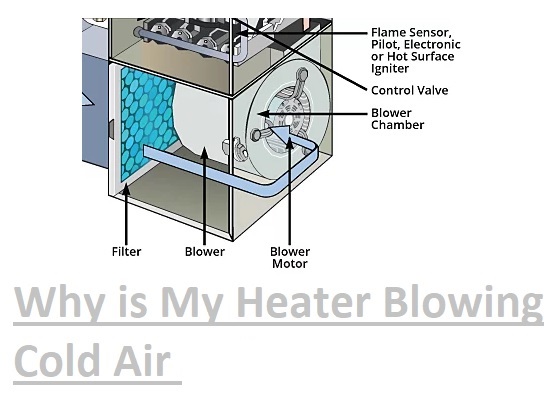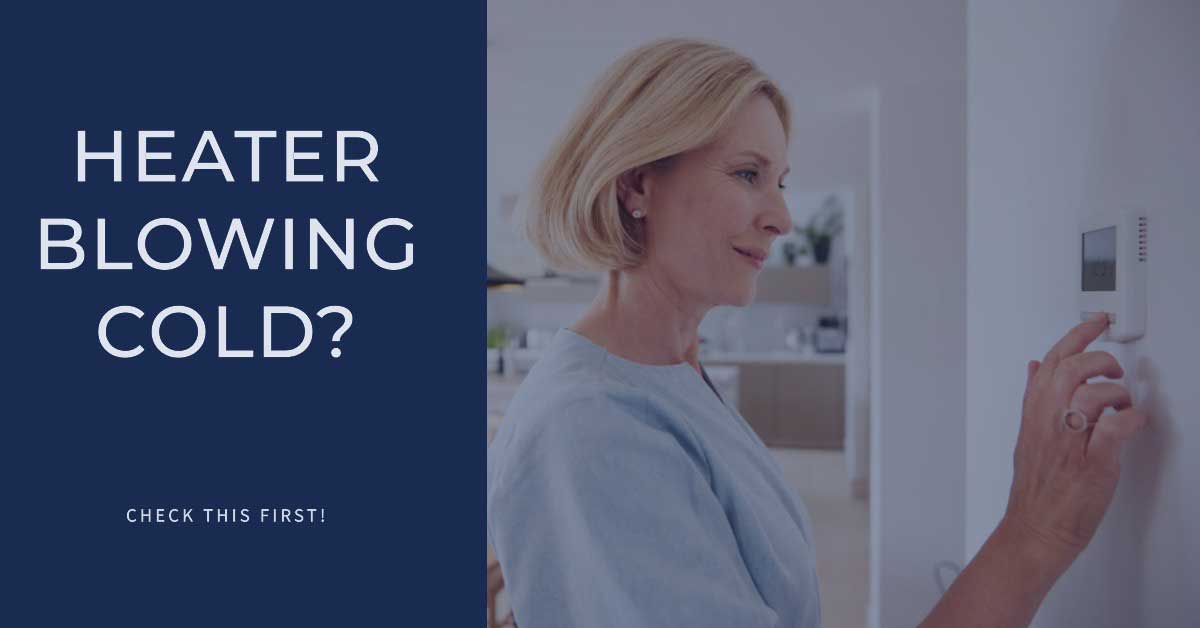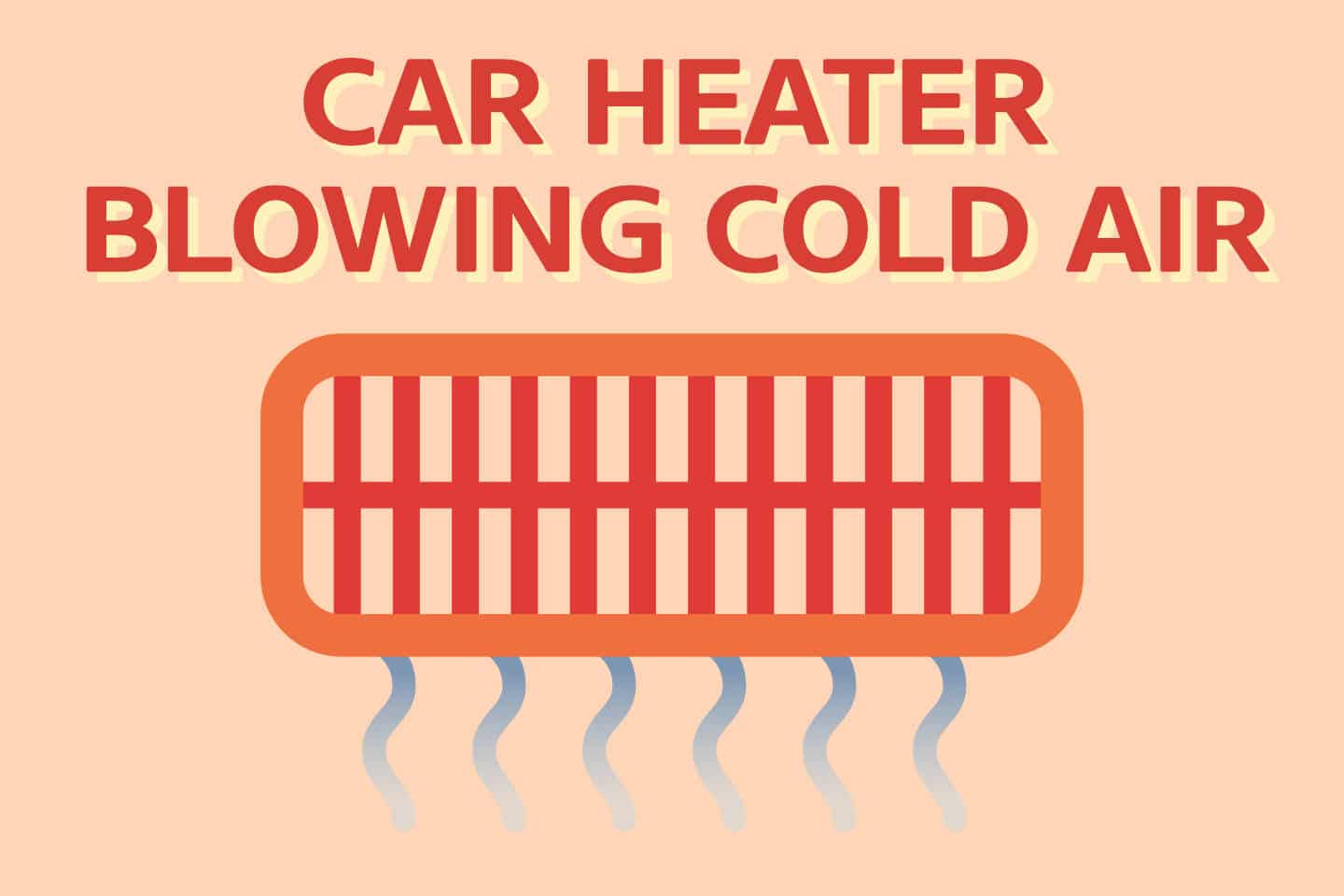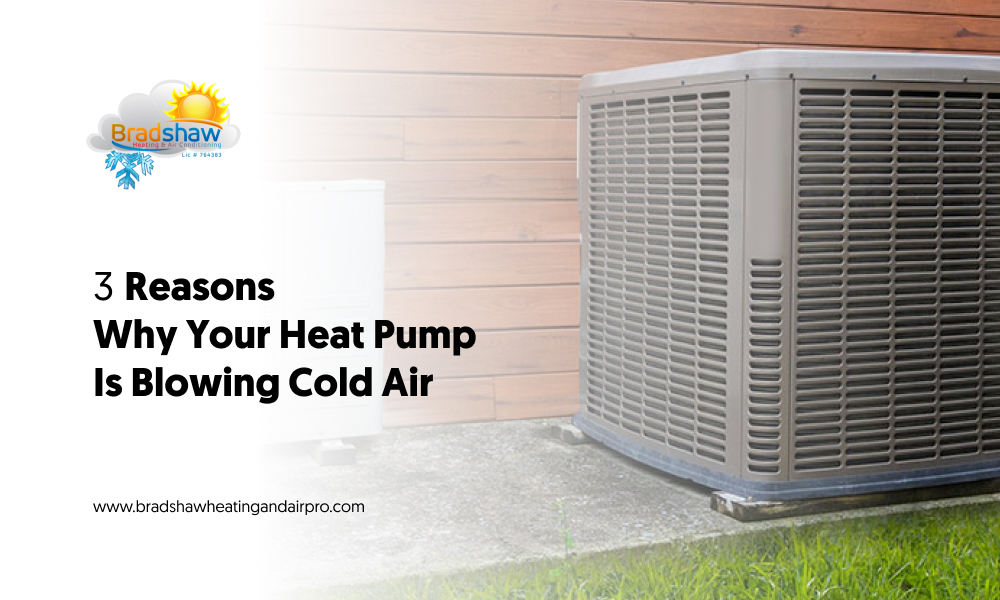What Does It Mean When Your Heater Blows Cold Air

A blast of cold air when you expect warm comfort from your heating system is more than just an annoyance—it's a sign something's amiss. Understanding why your heater blows cold air is crucial, whether you're a homeowner, an aspiring HVAC technician, or a seasoned professional. This article delves into the common causes, troubleshooting steps, and the career implications within the HVAC industry for those who can effectively diagnose and repair these issues.
The Chilling Reality: Why Your Heater Isn't Heating
Several factors can contribute to a heater blowing cold air. Pinpointing the exact cause is the first step toward resolution. Here are some of the most frequent culprits:
- Thermostat Settings: This might seem obvious, but it's the most common and simplest fix. Ensure your thermostat is set to "Heat" and the desired temperature is higher than the current room temperature. A low battery can also cause erratic behavior, so replace it as needed.
- Pilot Light Issues (Gas Furnaces): A pilot light that's extinguished or malfunctioning will prevent the main burner from igniting, resulting in cold air. Dust, drafts, or a faulty thermocouple are often to blame.
- Dirty Air Filters: A clogged air filter restricts airflow, causing the furnace to overheat. This can trigger a safety mechanism that shuts down the burner, leading to cold air. This is a preventable issue; regular filter replacement is essential.
- Gas Supply Problems: If the gas supply to your furnace is interrupted due to a shut-off valve, a tripped regulator, or a problem with the gas company, the burner won't ignite.
- Faulty Flame Sensor: The flame sensor detects whether the burner has successfully ignited. If it doesn't sense a flame, it shuts off the gas supply to prevent a dangerous buildup. A dirty or malfunctioning flame sensor is a common cause of intermittent heating problems.
- Overheating: Safety features are built into modern furnaces to prevent overheating. Restricted airflow (again, often due to dirty filters), a failing blower motor, or blocked vents can cause the unit to overheat and shut down.
- Ductwork Problems: Leaky or disconnected ductwork can lead to significant heat loss, resulting in colder air coming from vents further away from the furnace.
- Ignition Problems: Modern furnaces use electronic ignition systems. A faulty igniter can prevent the furnace from starting.
- Condensate Line Blockage (High-Efficiency Furnaces): High-efficiency furnaces produce condensate as a byproduct of combustion. A blocked condensate line can trigger a safety switch that shuts down the furnace.
- Blower Motor Issues: The blower motor circulates heated air throughout your home. A malfunctioning blower motor can result in insufficient airflow or even cold air blowing from the vents.
Troubleshooting and Repair: A Technician's Perspective
For homeowners, some basic troubleshooting steps, like checking the thermostat settings and replacing the air filter, are within reach. However, more complex issues require the expertise of a qualified HVAC technician. Here's a glimpse into the diagnostic process a technician might follow:
- Initial Assessment: A technician will start by gathering information from the homeowner about the problem's history and symptoms. They'll also visually inspect the furnace and surrounding area.
- Safety Checks: Before proceeding with any repairs, the technician will ensure the area is safe and there are no gas leaks or electrical hazards.
- Component Testing: Using specialized tools like multimeters and gas pressure gauges, the technician will test various components, including the thermostat, flame sensor, igniter, gas valve, and blower motor.
- Gas Pressure Measurement: Ensuring the gas pressure is within the manufacturer's specified range is crucial for proper furnace operation.
- Combustion Analysis: Analyzing the flue gases can provide valuable insights into the furnace's combustion efficiency and identify potential problems.
- Ductwork Inspection: Checking for leaks, disconnections, and obstructions in the ductwork is essential for ensuring efficient heat distribution.
- Repair or Replacement: Based on the diagnostic findings, the technician will either repair the faulty component or recommend a replacement.
Career Opportunities in HVAC: The Demand for Skilled Technicians
The HVAC industry offers a stable and rewarding career path for individuals with the right skills and training. The U.S. Bureau of Labor Statistics projects a 5% growth in employment for HVACR mechanics and installers from 2022 to 2032, about as fast as the average for all occupations. This growth is driven by the increasing demand for energy-efficient heating and cooling systems, as well as the need to replace aging equipment.
The median annual wage for HVACR mechanics and installers was $59,690 in May 2023. The top 10 percent earned more than $84,840. Salary levels can vary depending on experience, location, and specialization.
Pathways to Success:
- Apprenticeships: A common entry point into the HVAC industry is through apprenticeships. These programs combine on-the-job training with classroom instruction.
- Vocational Schools: Vocational schools offer focused training in HVAC systems, providing students with the technical skills needed to succeed.
- Associate's Degrees: An Associate's Degree in HVACR technology can provide a more comprehensive understanding of the field and open up opportunities for advancement.
Certifications: A Badge of Expertise
Earning industry certifications demonstrates competence and professionalism, enhancing career prospects and earning potential. Some key certifications include:
- NATE (North American Technician Excellence): NATE certification is widely recognized as a mark of excellence in the HVAC industry. Technicians can earn NATE certification in various specialties, such as installation, service, and air conditioning.
- EPA 608 Certification: The EPA 608 certification is required for technicians who handle refrigerants. This certification ensures that technicians are trained in proper refrigerant handling practices to protect the environment.
- HVAC Excellence: HVAC Excellence offers a range of certifications that validate the skills and knowledge of HVAC technicians at different levels of experience.
Real-World Example: Consider Maria, who started her HVAC career as an apprentice. After completing her apprenticeship and earning her NATE certification, she quickly advanced to become a lead technician at a local HVAC company. Maria's expertise in diagnosing and repairing complex heating systems, including those blowing cold air, made her a valuable asset to the company and earned her a reputation for excellence.
Employers' Perspective: Hiring and Retaining Skilled HVAC Technicians
For HVAC companies, hiring and retaining skilled technicians is crucial for providing quality service and maintaining a competitive edge. Employers look for candidates with:
- Technical Skills: A strong understanding of HVAC systems and components is essential.
- Problem-Solving Abilities: The ability to diagnose and troubleshoot problems effectively is highly valued.
- Customer Service Skills: Excellent communication and interpersonal skills are necessary for interacting with customers.
- Certifications: NATE and EPA 608 certifications are often preferred or required.
- Continuing Education: A commitment to staying up-to-date with the latest technologies and industry trends is important.
To attract and retain top talent, HVAC companies should offer competitive salaries, comprehensive benefits packages, opportunities for professional development, and a supportive work environment.
The Future of HVAC: Trends and Innovations
The HVAC industry is constantly evolving, with new technologies and trends emerging all the time. Some key trends include:
- Smart HVAC Systems: Smart thermostats and HVAC systems that can be controlled remotely via smartphones and other devices are becoming increasingly popular.
- Energy Efficiency: There's a growing emphasis on energy-efficient HVAC systems that can reduce energy consumption and lower utility bills.
- Renewable Energy: Solar-powered HVAC systems and geothermal heat pumps are gaining traction as sustainable alternatives to traditional HVAC systems.
- VRF (Variable Refrigerant Flow) Systems: VRF systems offer precise temperature control and energy efficiency for commercial buildings.
- Improved Air Quality Solutions: From advanced filtration to UV-C light air purifiers, demand for solutions improving indoor air quality continues to grow.
Staying informed about these trends and innovations is essential for HVAC professionals who want to remain competitive and provide the best possible service to their customers.
Ultimately, a heater blowing cold air signals a problem demanding attention. Whether you're a homeowner, a budding technician, or an established employer, understanding the complexities of HVAC systems is paramount for comfortable living and a thriving career.










